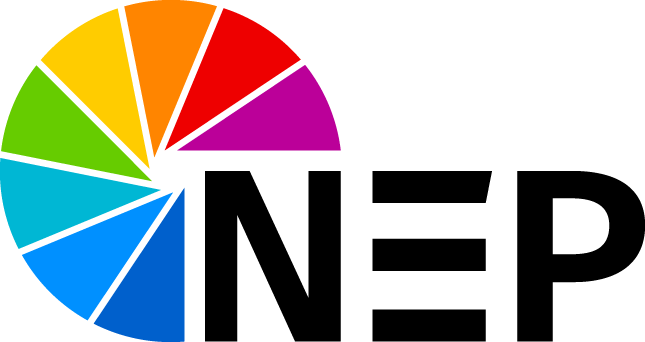What is NEP?
The National Education Policy (NEP) 2020 is a transformative framework introduced by the Government of India aimed at revamping the country’s education system. It is the first education policy of the 21st century, replacing the previous National Policy on Education, 1986. NEP 2020 envisions an education system that contributes directly to transforming India into a global knowledge superpower by making both school and college education more holistic, flexible, multidisciplinary, aligned to the needs of the 21st century, and aimed at bringing out the unique capabilities of each student.
Key Features of NEP 2020:
- Holistic Development: The policy emphasizes the importance of both academic and non-academic skills. It promotes a broad-based, multidisciplinary approach to education that helps in the overall development of students.
- Flexible Curriculum: The NEP encourages flexibility in subject choices, allowing students to select subjects that align with their interests, and provides opportunities for vocational training alongside traditional academic courses.
- Focus on Foundational Literacy and Numeracy: NEP prioritizes early childhood care and education and aims to ensure that every child achieves foundational literacy and numeracy by Grade 3.
- Technology Integration: The policy advocates for the extensive use of technology in education, from digital classrooms to online resources and tools, making learning more accessible and engaging.
- Multilingualism: NEP promotes the use of the mother tongue or regional language as the medium of instruction at least till Grade 5, and preferably till Grade 8 and beyond.
EduRishi: Aligning with NEP 2020
EduRishi is an innovative e-learning platform designed to align with the principles and objectives of NEP 2020. With a focus on students from Class 4 to Class 10, EduRishi offers a structured, self-paced learning environment that emphasizes the holistic development of students through its EduRishi Learning and Assessment Program (ELAP).
EduRishi’s Contribution to NEP 2020:
- Multidisciplinary Approach: EduRishi integrates STEAM (Science, Technology, Engineering, Arts, and Mathematics) subjects, providing students with a multidisciplinary learning experience. This aligns with NEP’s vision of a holistic education that goes beyond traditional boundaries.
- Self-Paced Learning: One of EduRishi’s core strengths is its self-paced learning model, allowing students to learn at their own speed, which is a key recommendation of NEP 2020. This approach not only enhances understanding but also caters to the unique learning needs of each student.
- Technology Integration: EduRishi leverages cutting-edge technology such as Augmented Reality (AR), Virtual Reality (VR), and Artificial Intelligence (AI) to make learning more immersive and interactive, reflecting NEP’s emphasis on integrating technology into education.
- Digital Flipbooks: A key feature of EduRishi’s platform is the use of Digital Flipbooks, which provide interactive and engaging content. These resources are designed to support both students and teachers, offering a modern approach to traditional textbooks.
- Minimal Logistic Burden: EduRishi’s solutions are designed to be easily implemented by schools with minimal logistical challenges, ensuring that even schools with limited resources can benefit from high-quality educational content.
Conclusion
NEP 2020 is a visionary document that aims to transform the Indian education landscape by fostering an environment of innovation, inclusivity, and flexibility. EduRishi, with its aligned objectives and advanced learning platform, is at the forefront of this educational revolution, providing schools and students with the tools they need to thrive in the 21st century. By offering a robust, technology-driven, and student-centered learning experience, EduRishi is not only supporting the goals of NEP 2020 but also paving the way for a brighter, more educated future for India.



